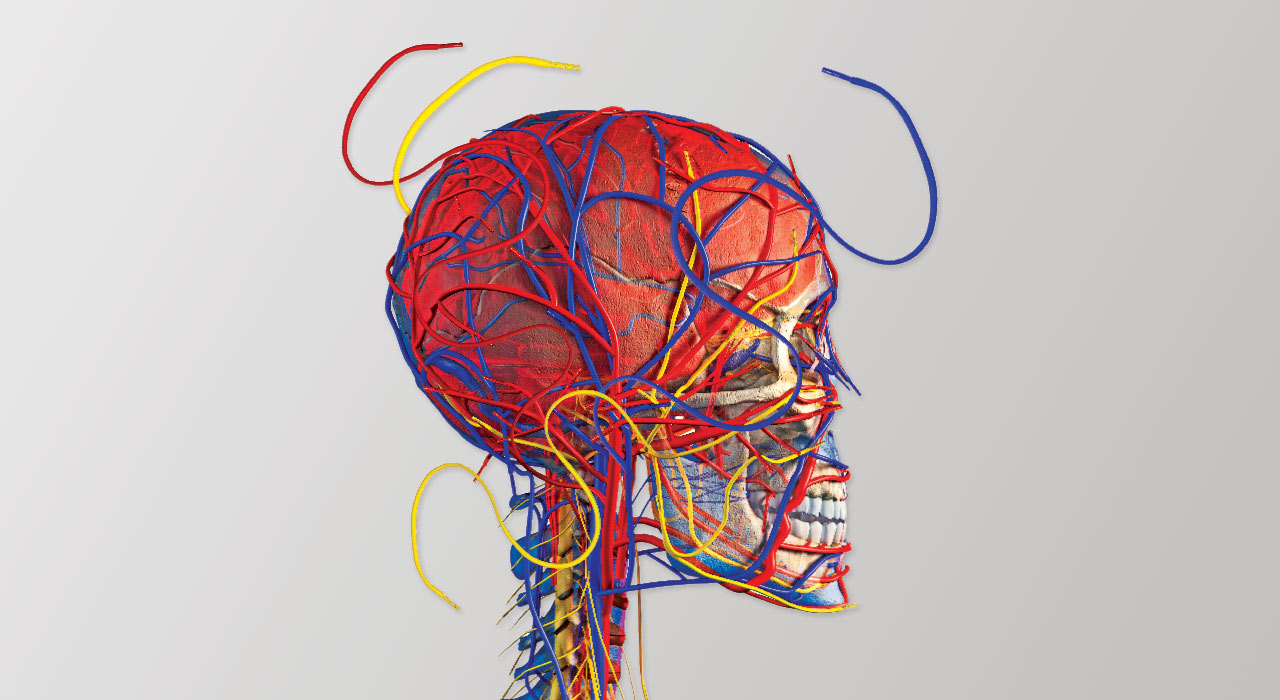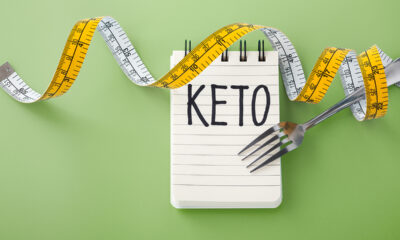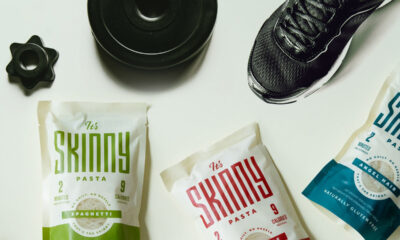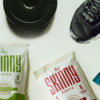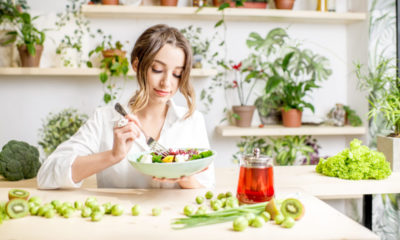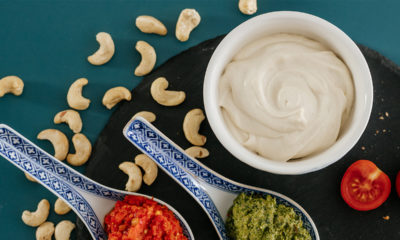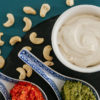Health
10 Ways To Improve Your Circulation For Better Health
Exercise is, of course, the first and best thing to do to improve your circulation. Getting your heart pumping at each workout you do makes it stronger each time, which then means blood is sent around your body more efficiently. But you already know that. What you may not know is the myriad of ways you can give your blood flow a kickstart, and there are so many reasons to do it, other than just to avoid illness.
With increased blood flow to your brain, for example, your thinking is sharper. Better circulation also means smoother skin and even thicker hair as essential nutrients are distributed more efficiently around your body. Your digestion improves and, with that, your body’s ability to build muscle and grow stronger.
1. Get glugging
Forget putting a number on the glasses of water you should swish each day. For the record, that notion was debunked in the British Medical Journal way back in 2011 – there is no scientific evidence behind the ‘eight glasses’ figure and many experts say it’s too much, while others say too little. Instead, focus on overall liquid intake and your pee. Yes, you read right.
First, it’s not necessary to drink plain water at all if you get enough within other beverages and food. Herbal teas are an obvious choice. With regular tea, be aware that caffeine is also a mild diuretic – that’s why, if you are dehydrated, a caffeinated drink isn’t the best choice. That said, the caffeine doesn’t cause you to lose as much fluid as you are drinking, so you’ll still hydrate yourself if you drink tea or coffee.
Remember, too, that many foods are mainly water – fruits and vegetables such as carrots and cucumbers; even potatoes are 75% water. As for your pee – it’s your key for recognizing whether you’re getting enough water or not, something that depends on how much exercise you do, your personal metabolism and the weather and so on.
Your urine should be straw colored, that is a very light yellow. Any darker and you need to up your intake of liquids.
2. Layer up
If you suffer with cold toes even though the rest of your body is warm, you’re not alone and, it seems, this circulatory issue is something women suffer with more than men. According to researchers from the University of Portsmouth, because women’s body fat is more evenly distributed, their bodies are actually more efficient at holding blood back from the extremities and circulating more around the core organs – this is essential to avoid potentially fatal damage to organs in extreme cold.
But while this is a handy ability in extreme cold, it also means that when it’s simply a bit cooler than normal, women’s feet and fingers are quicker to cool than a man’s. The solution? Thin layers.
Forget the big chunky sweater (although feel free if you’re not wearing it for warmth) and instead go for lots of thinner layers, which will trap air, keeping you warmer. As your body is warmer, it won’t draw blood to your core area, leaving your extremities to get cold and suffer with reduced blood flow.
3. Sock shopping
Compression socks, specifically. These are no longer available only in the ugliest designs, some look decidedly sporty, if not quite sexy. If you find the socks uncomfortable, try calf compression sleeves, which leave your foot free and work from your ankle up to your knee, looking a bit like leg-warmers.
These work by preventing blood from pooling in your lower legs, causing swelling, which in turn means that blood can be pumped in and out more easily. And you won’t be bulging out of your strappy sandals later in the day.
4. Crunch on celery
A stick of celery works like a magic green wand as far as your circulation is concerned. It’s rich in vitamin K, one of the most important vitamins when it comes to your blood as it helps regulate the process of blood clotting – making sure your blood does clot when necessary, i.e. when you suffer an injury helping to prevent you bleeding profusely, and also preventing blood clots, too. Celery is also a good toxins-flusher, helping keep your body free of waste.
5. Squeeze citrus
The C vit strengthens capillary walls, keeping them elastic (stiff arterial walls, for example, can lead to blood blockages). It also helps prevent plaque building up inside your veins and arteries – essential if you want your blood to flow freely.
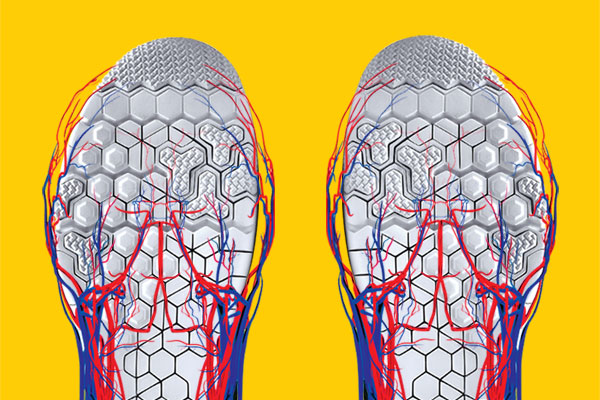
6. Put your feet up
This might not sound like the best tip for improving circulation – after all, getting up and about is by far the best way to get your heart pumping – but if your circulation is sluggish, and you find your feet are swollen at the end of the day, raising your feet can help.
The blood that has pooled in the veins of your lower legs during the day now has a helping hand in the form of gravity, so the blood can be flushed out and brought back to the heart and lungs, where it will be oxygenated and sent back out again. That means your body will feel refreshed and your feet less tired.
7. Have a soak
This advice just gets better and better, doesn’t it? Having a bath is a great way to improve overall circulation, partly because it helps to relax tense muscles, but also because the steam from the water helps open up your nasal passages, allowing you to breathe more easily, and more oxygen means more effective circulation.
– RELATED: Best Ways To Reward Yourself For Losing Weight –
8. Brush it off
By gently stimulating the skin in this way you give the blood flowing just beneath the surface a kick-start, helping it to remove toxins, heal blemishes, and making you look glowing and fresh, even after a heavy night.
9. A ginge binge
Add some fresh ginger to a cup of hot water for a warming tea that’ll relieve nausea, help ease cold symptoms and yes, also improve your circulation.
10. Chilli peppers
A substance called capsaicin found in chilli peppers doesn’t just give your curry a kick, it also helps clear up congestion and boost circulation, too. It gets better – research has shown that it releases endorphins, the feel-good chemical released during exercise or sex.
But don’t worry if curry isn’t your thing, a supplement can work just as well without even going anywhere near the spice aisle at the supermarket.
For health advice and a 12 month digital subscription, sign up to the TRAIN for HER newsletter.


